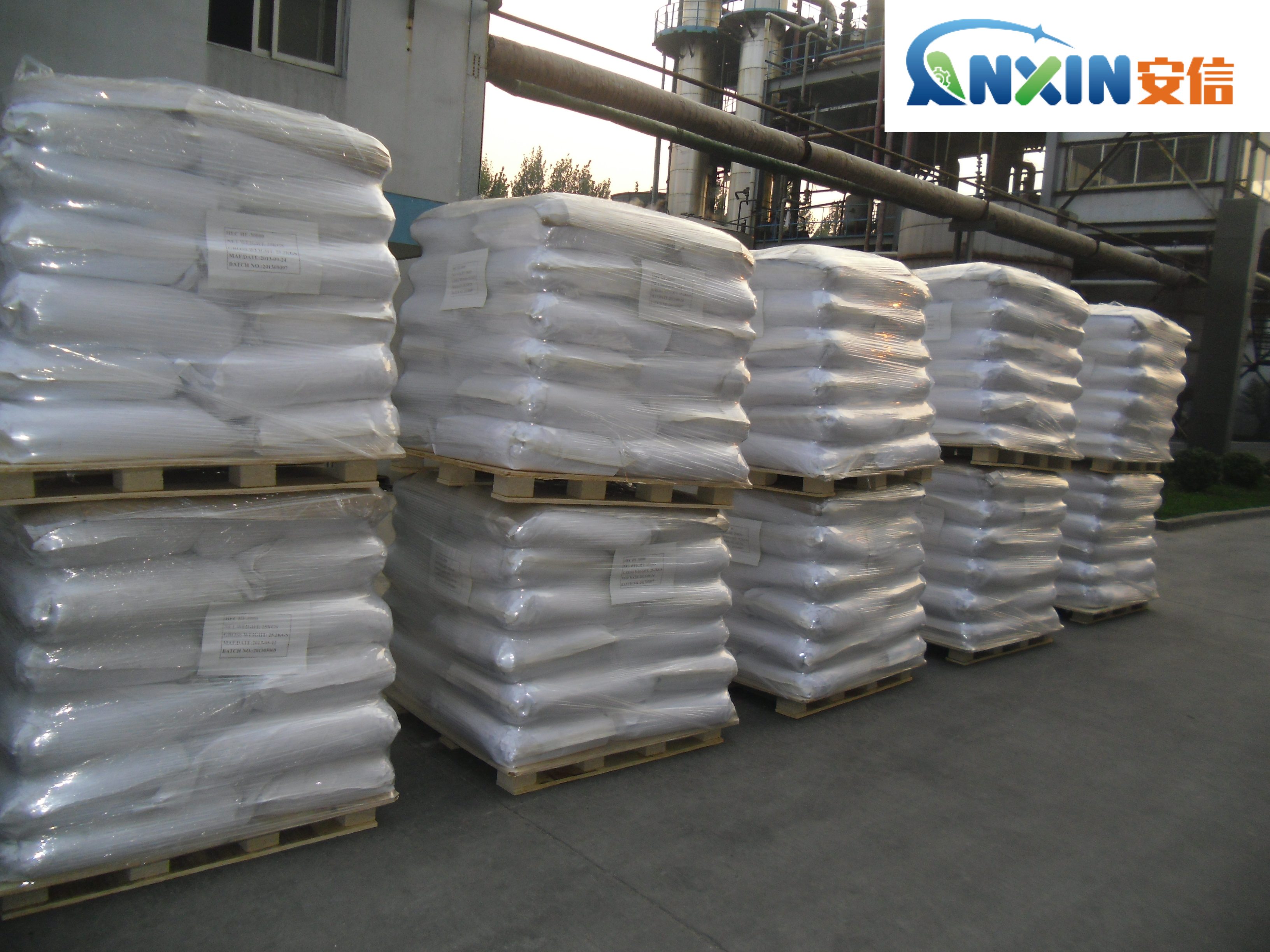Is methylcellulose a binder?
Methylcellulose is indeed a binder, among its many other uses. It’s a versatile compound derived from cellulose, a natural polymer found in plants. Methylcellulose is commonly used in various industries, including pharmaceuticals, food, cosmetics, and construction, due to its unique properties.
In pharmaceuticals, methylcellulose acts as a binder in tablet formulations. Binders are crucial components in tablet manufacturing, as they help to hold the active pharmaceutical ingredients (APIs) together and ensure the tablet maintains its shape and integrity. Methylcellulose’s ability to form a gel-like substance when in contact with water makes it an effective binder in tablet formulations.
is also used as a thickener, stabilizer, and emulsifier in food products. In gluten-free baking, for instance, it can mimic the binding properties of gluten, improving the texture and structure of baked goods. Its water-absorbing capacity allows it to create a gel-like consistency, which is useful in applications such as sauces, desserts, and ice creams.
In cosmetics, methylcellulose is utilized as a thickening agent in creams, lotions, and gels. It helps to stabilize emulsions, improve product texture, and enhance the overall sensory experience for consumers.
methylcellulose finds applications in construction materials, particularly in dry-mix mortars and tile adhesives. It acts as a thickener and water retention agent, improving the workability and adhesion properties of these materials.
methylcellulose’s versatility as a binder, thickener, stabilizer, and emulsifier makes it a valuable ingredient across various industries, contributing to the quality and performance of numerous products.
Post time: Apr-19-2024
